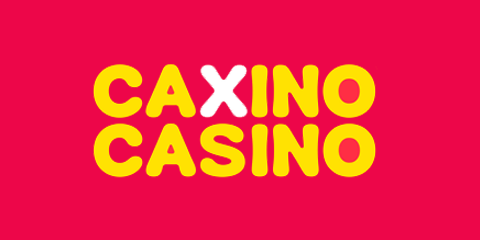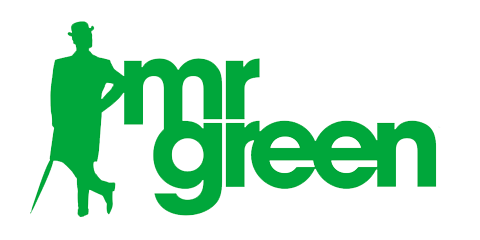What is the value in betting
Many times we hear about the ”value“ of a bet, or even our mouth is full saying that a certain bet had ”a lot of value", despite the fact that it has not come out. But what is it? Does it really exist or is it just an excuse? Let's see it!
The value is the Castilian way of expressing Anglicism +EV or EV+ which, translated, means "positive expected value ”. To sum it up a lot, it refers to a bet being paid out more than it should. But let's get down to the pure and hard numbers to see it more clearly and, since with a real encounter where the probabilities are not provable it is more complicated to explain, let's try it with basic mathematics.
We have an opaque bag in which we insert 4 exactly the same marbles, 2 red and 2 blue. They pay us $2.10 for every dollar we bet if we draw a red marble. Would you?
Let's calculate the odds!
It is evident that 2/4 is 50% round. Every time we put our hand in we have a 50% chance of taking out a red marble, if we later return the marble to the bag. As long as there are 4 marbles, 2 red and 2 blue, taking one at random there is a 50% chance that it is red. There are no more turns.
So we have an event that always offers a 50% chance of going out. At what fee should they pay it to us?
The ideal formula, if we discard the percentage that the bookmaker takes, is as follows:
1/probability (expressed as 0.XX) = quota
So, in the example that we have raised:
1/0,5 = 2
A 2 odds would be exactly equivalent to the actual probability of drawing a red marble. However, we have commented that they offered us that bet at odds of 2.10. That is, there would be a margin in our favor of $0.10. Those 10 cents are the famous o +EV value. It is an amount that is offered above the calculation of probabilities. Anything above quota 2 would have +EV, a fair quota 2 would have no value at all and below par would be –EV.
But let's complicate it a little more
Now, we have 1 red marble and 3 blue ones. The options to draw a red marble in the same conditions as before, go down to 25%. If they offer you the fee at $4.10 would you accept?
Calculating it the same way as before: 1/0.25=4, so we keep those 10 cents of margin. The difference is that now there is not the same possibility of drawing a red or a blue, but the blue one would come out three times as often as the red one. In a short series, it would not be difficult to get out at a loss, but if we perform the extraction 10,000 times, we will have assured profits.
Why? Because the odds calculation is accurate, we know that the bet is being offered at a higher odds than its odds implicitly represent, and through a wide sample we eliminate the "bad streaks".
But let's complicate it even more
What is the probability that Messi will score a goal? And that the Leganés descends? What about surpassing 189.5 points in an NBA game? It gets complicated, doesn't it? There are no longer exact probabilities as evident as with the clearly described events.
This is where the ability of a good forecaster lies: to know how to calculate more faithfully than others the chances of an event taking place. By calculating the probabilities better, it is better compared with the odds offered, the +EV is better found and, in large samples, a yes or yes profit is achieved.
It is important to highlight two facts that should be clear:
- When calculating the probability that the bookmaker offers through its odds, personally, I do not eliminate the percentage of the bookie. It seems to me a mistake. If the house offers you a 2.10 odds, the probability that you have to beat is 47.62%. It matters little to you whether the house stays 3, 5 or 12%. The quota they give you to play is 2.10 and it is in it that you must find value.
- +EV does not mean under any circumstances “it is easier for me to get out”. No. Very careful with that. It means that when that bet is paid out, you will pay more than you “deserve”. A bet with a lot of value can be the victory of a horse at odds of 15 when he really should be at odds of 8, but that does not mean that he will win. So, there will be many losing bets that will have a tremendous value, but not because they have gone "red" will mean that they were worse.











